Polished concrete has become one of the most popular flooring options worldwide. It is sleek, modern, long-lasting, and fits well in commercial and residential spaces. From luxury retail stores to industrial warehouses and even stylish living rooms, polished concrete continues to grow in demand. But one question people ask most often is: how stain-resistant is polished concrete?
Continue reading this article to learn about stain resistance, how it works, what makes polished concrete perform well, common myths, and the latest facts about 2025 product innovations. By the end, you will know how to get a polished concrete floor that not only looks stunning but also stands up to spills and stains for years.
Why Stain Resistance Matters
No matter how beautiful a floor looks, stains can ruin it quickly. A single spill of coffee, oil, or wine can leave a permanent mark if the surface is not treated correctly. Floors in restaurants, hotels, shopping malls, and offices face daily spills. Even homes with polished concrete kitchens or basements experience risks from food, drinks, and household chemicals.
Stain resistance saves money in the long run. Instead of paying for costly deep cleaning or repairs, you can maintain a fresh-looking surface with minimal effort. Statistics show that the polished concrete market is expected to reach over 3.6 billion dollars globally by 2028, with stain protection being one of the leading reasons why people prefer it. In 2025, many new sealers and densifiers are entering the market, designed specifically to fight tougher stains while being eco-friendly and low in VOCs.
What Actually Causes Stains
Concrete looks solid, but at a microscopic level, it is full of pores. These tiny openings act like small sponges. When a liquid spill sits on the surface, it begins to penetrate. The depth of staining depends on several factors, such as how porous the concrete is, the type of liquid spilled, the polishing level of the floor, and whether sealers or densifiers have been applied.
For example, red wine or coffee can seep into unprotected concrete in less than 30 minutes, leaving a noticeable discoloration. Oil and grease tend to spread over time, creating dark blotches that are hard to remove without chemical cleaners.
Three Things That Control Stain Resistance
The Density of the Concrete
Harder, denser concrete absorbs less liquid. High-quality concrete mix and proper curing reduce the natural porosity, making it more resistant to stains.
The Level of Polishing
Polished concrete is achieved through a grinding process using different grit levels. The higher the grit, the tighter the surface becomes. This helps close pores and provides a smoother finish, lowering the chances of liquids soaking in.
Protective Treatments
Densifiers and sealers play the biggest role in stain resistance. A densifier chemically reacts with the concrete, filling the pores and making it harder. Sealers, on the other hand, act as a shield against spills. A combination of both is often the most effective solution.
What Is a Densifier and Why It Matters
Densifiers are liquid chemicals applied during polishing. They penetrate into the concrete and react with free lime to form a harder surface. Unlike a sealer, which creates a coating, densifiers become part of the concrete itself.
Benefits of densifiers include stronger surface hardness, reduced dusting, improved resistance to water and stains, and longer floor life. In 2025, densifiers are becoming smarter. Many new formulas are designed to work faster, penetrate deeper, and provide added stain resistance without changing the natural look of the concrete. Some products even use nano-technology to close pores at the microscopic level.
Seal the Right Way
Sealers are essential for achieving high stain resistance. There are two main categories.
Penetrating Sealers
These go inside the pores and repel water and oils. They do not leave a visible film, so the concrete maintains its natural look. They are a great choice for areas where slip resistance is important, such as industrial floors or outdoor patios.
Topical Sealers
These form a thin protective layer on top of the concrete. They are excellent at blocking spills but may change the appearance slightly, adding gloss or altering color tone. They need reapplication over time, especially in high traffic zones.
For best results, many contractors use both a densifier and a sealer. This gives the concrete internal strength as well as an external shield. In kitchens, food courts, or retail spaces, this dual system helps prevent staining even from harsh liquids like vinegar, soy sauce, or oil.
How Stain Resistance Is Tested
Professional testing ensures that products actually deliver what they promise. The most common method is ASTM D1308, where substances like wine, coffee, or oil are placed on the concrete for set periods and the surface is checked afterward.
Contractors often perform quick on-site tests by applying small drops of different liquids and leaving them for a few hours. This gives a real-world preview of how the floor will handle day-to-day spills. If you are hiring a contractor, ask if they can show stain resistance results for the products they plan to use.
Ranking: Top Five Ways to Get the Best Stain Resistance for Polished Concrete
- Use a high-quality densifier during polishing to reduce porosity.
- Polish to a finer grit level like 1500 or above for a tighter surface.
- Apply a suitable sealer, penetrating or topical, depending on the environment.
- Test products on-site with common household stains before sealing the whole floor.
- Follow a proper maintenance routine with neutral cleaners and quick spill cleanup.
Simple Maintenance Rules That Actually Work
Even with the best protection, stain resistance depends on how you care for the floor. Wipe spills as soon as they happen. Use neutral pH cleaners made for polished concrete. Avoid strong acidic or alkaline cleaners that damage protection layers.
Reapply topical sealers when the floor shows dull spots or becomes harder to clean. Dust mop daily in commercial spaces to prevent grit from scratching the surface. With these steps, polished concrete can stay stain-resistant for over 10 years without major repair.
Common Myths About Stain Resistance in Polished Concrete
Polished concrete is 100% stain proof. This is not true. It can be highly stain resistant but no floor is completely immune. Some believe only topical sealers work, but this is wrong. Penetrating densifiers and high-level polishing also provide strong stain resistance without creating a film. Another common myth is that shine means stain resistance. A glossy finish does not guarantee stain protection. The right treatments are what make the difference.
Fresh Facts and Market Insights for 2025
The polished concrete industry is evolving quickly. The market is projected to grow at over 6% CAGR through 2030, driven by demand for sustainable flooring. Eco-friendly sealers with low VOCs are gaining popularity, especially in Europe and North America. In 2025, many companies are focusing on anti-microbial sealers that not only resist stains but also prevent bacteria growth, perfect for hospitals and kitchens.
Homeowners are increasingly using polished concrete in bathrooms and basements, areas that previously avoided concrete because of moisture and staining. Retail and hospitality sectors are upgrading to polished concrete because lifetime costs are about 40% lower compared to traditional tiles when maintained properly.
Quick Checklist Before You Buy or Polish
Ask what grit level the floor will be polished to. Confirm that a densifier will be applied. Ask for details about the type of sealer, penetrating or topical. Request lab or field test results for stain resistance. Understand maintenance needs and frequency of reapplication. Visit a project with similar traffic to see how the floor performs in real life.
Final Words
Stain resistance in polished concrete is not automatic. It is the result of high-quality materials, the right polishing process, and smart use of densifiers and sealers. With proper care, polished concrete can stay beautiful, functional, and stain-resistant for many years.
If you are considering polished concrete for your home, office, or retail space, remember this: stain resistance is a balance between preparation, protection, and maintenance. Get those right, and you will have a floor that is not only strong and stylish but also easy to live with.

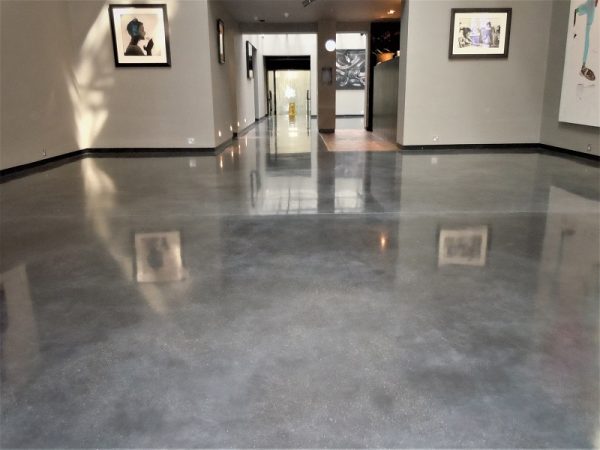
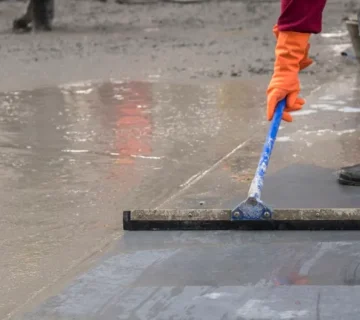

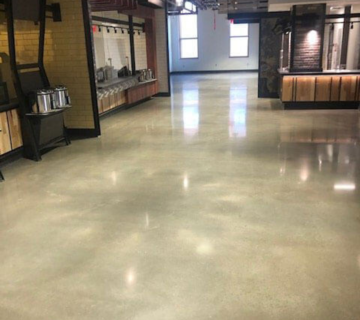
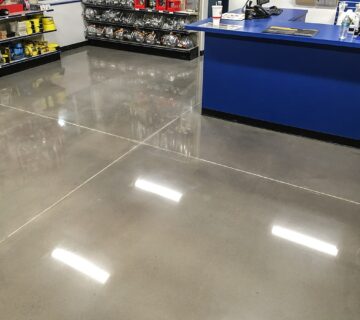
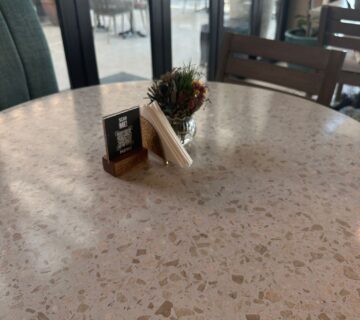

No comment